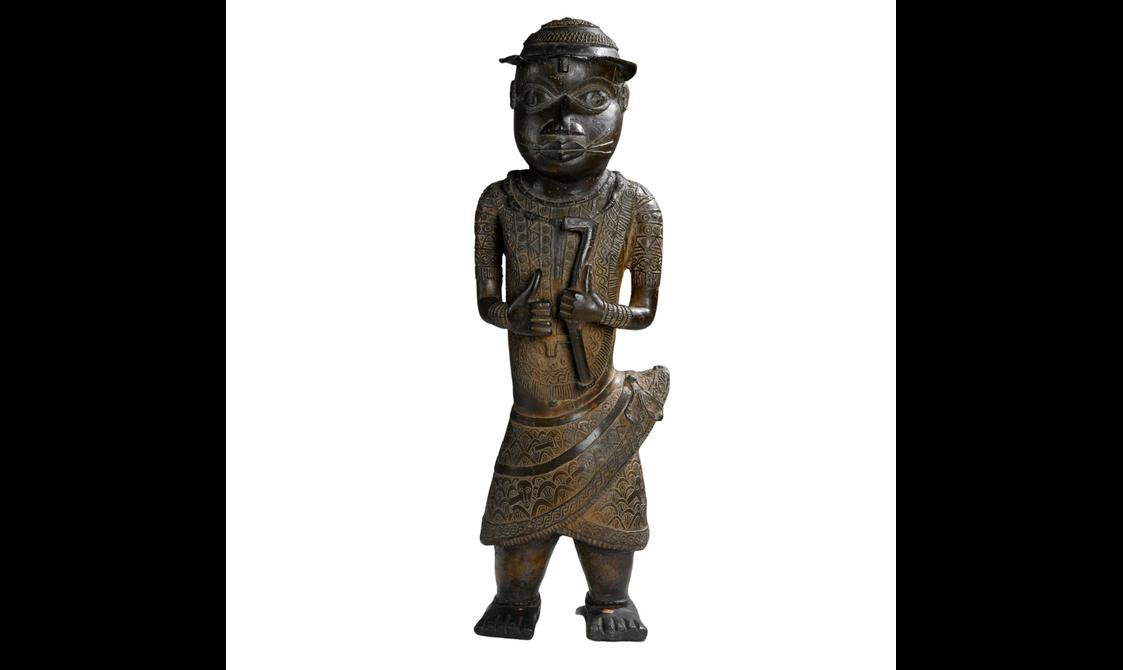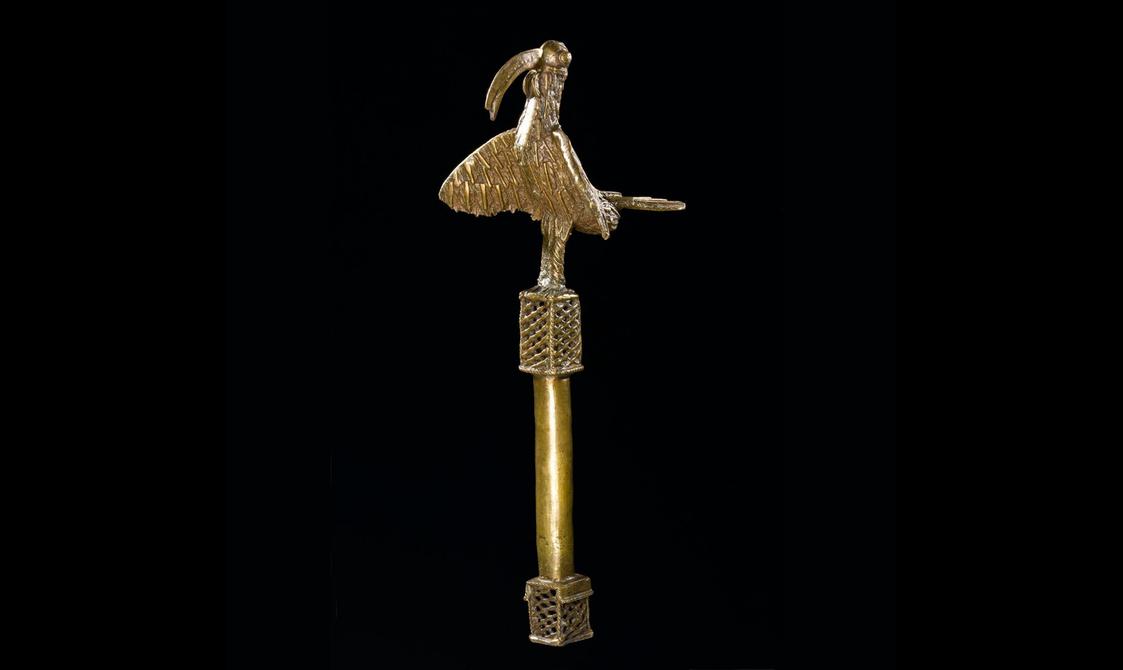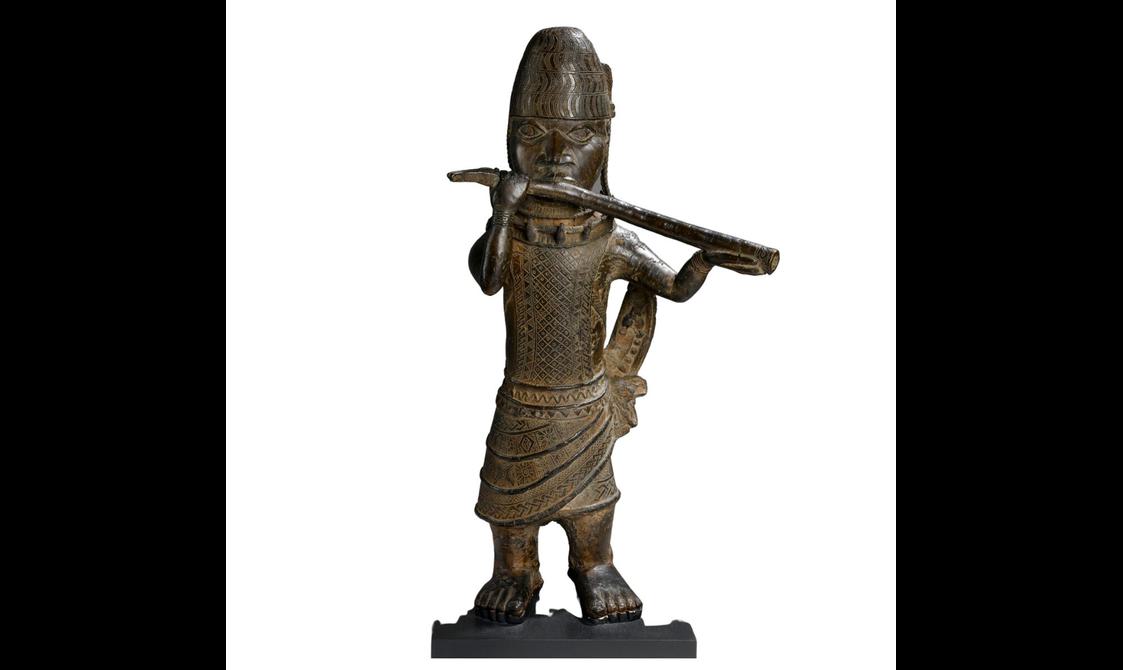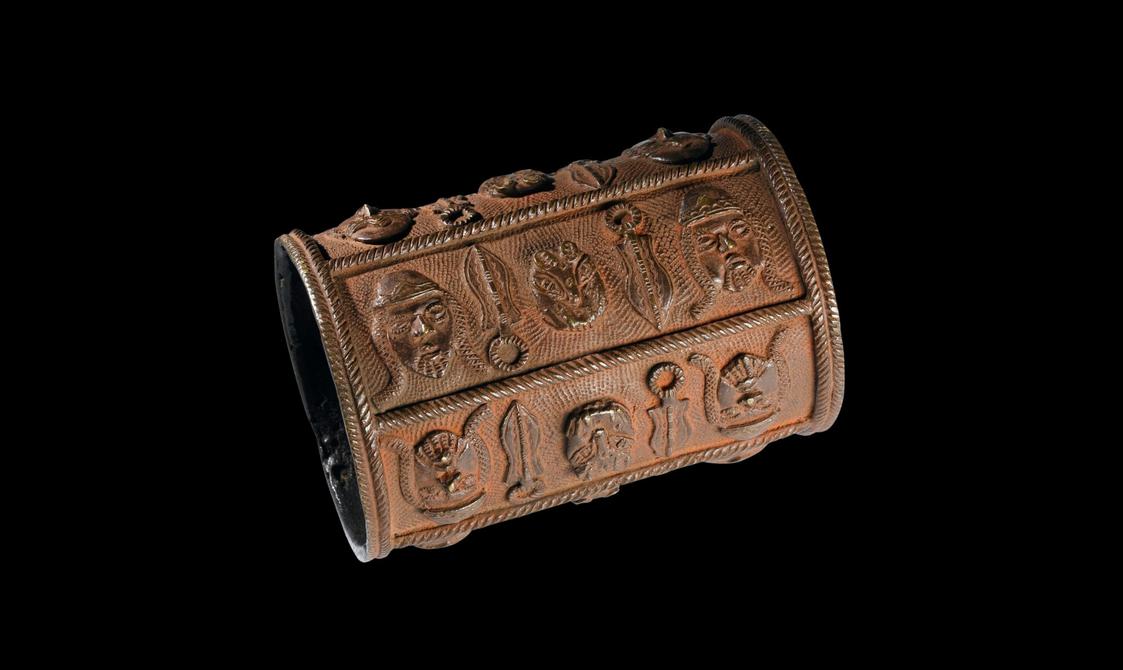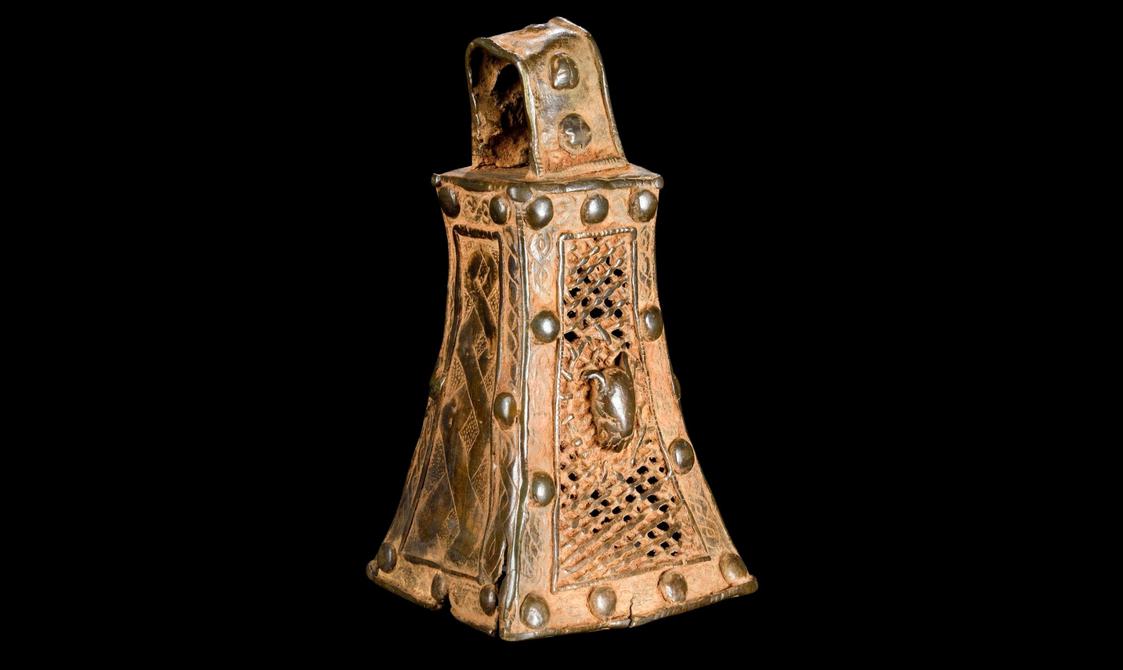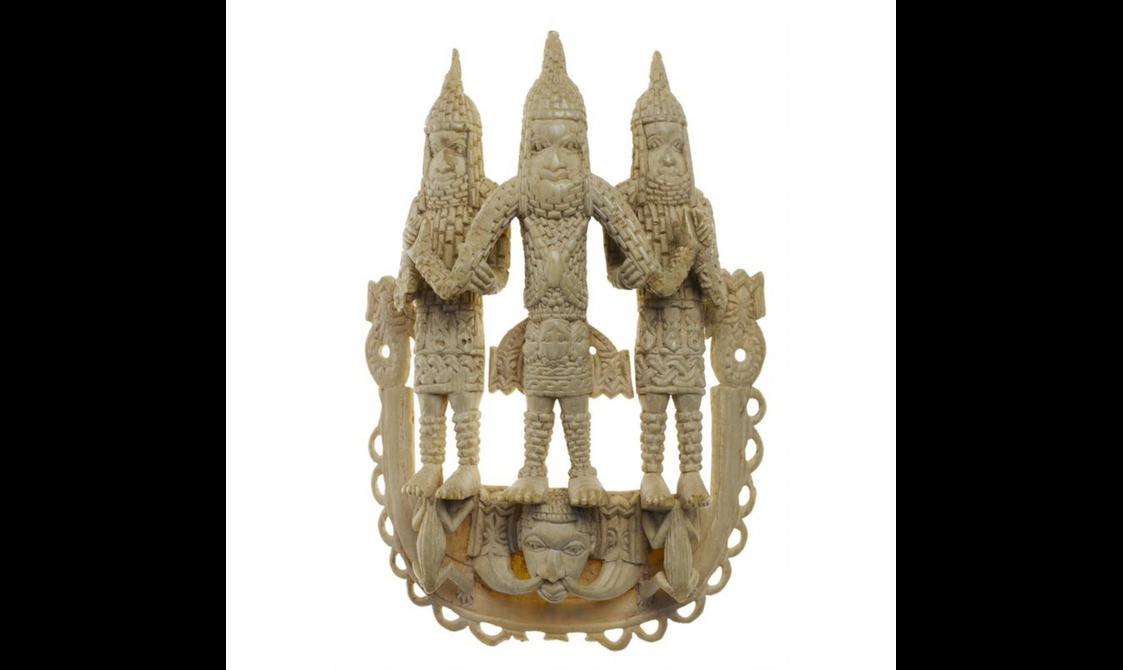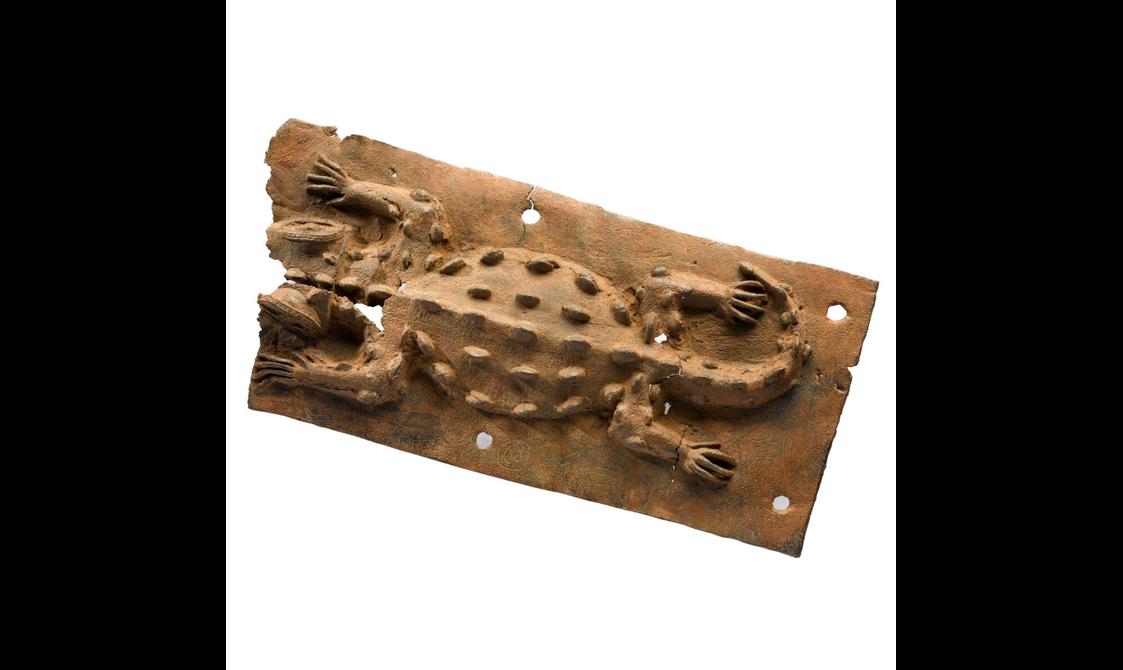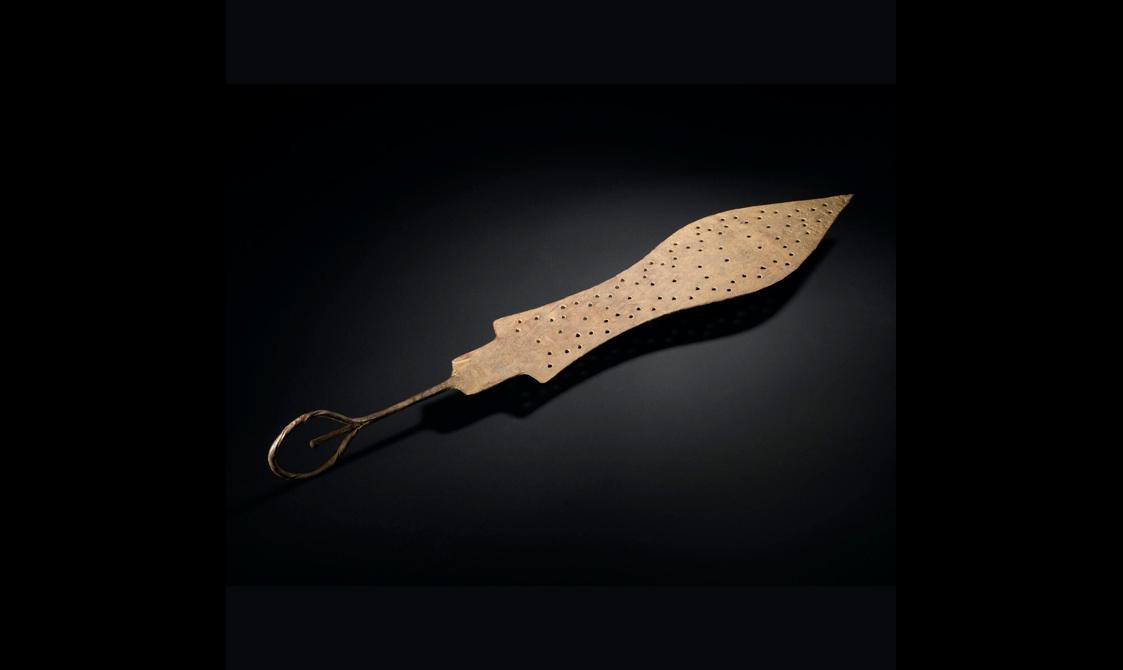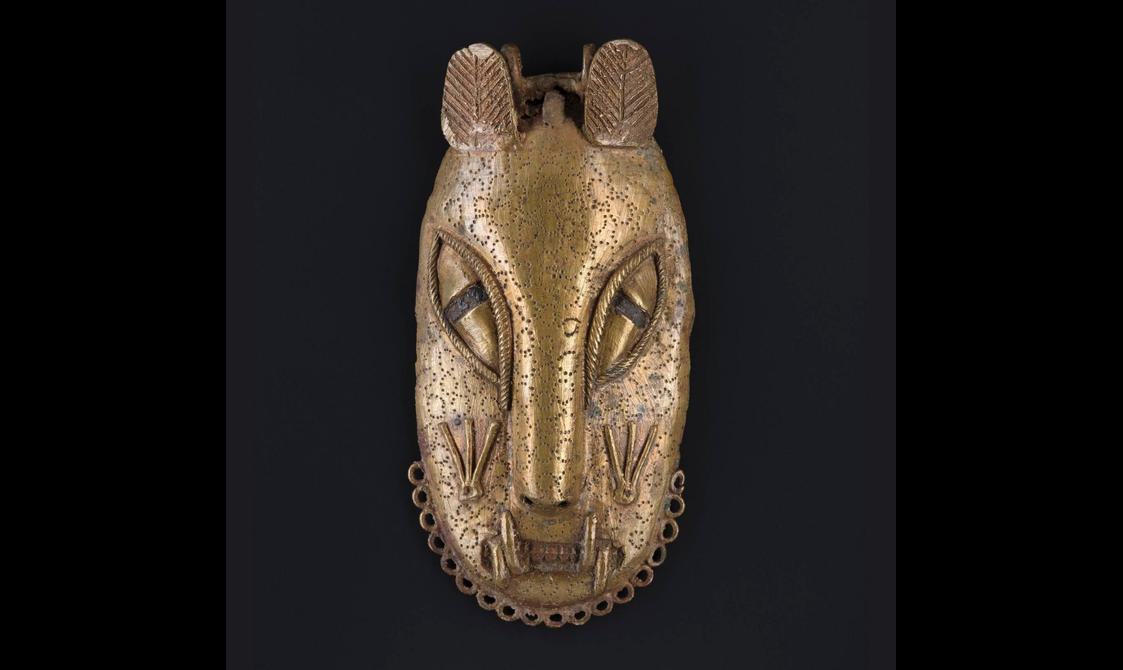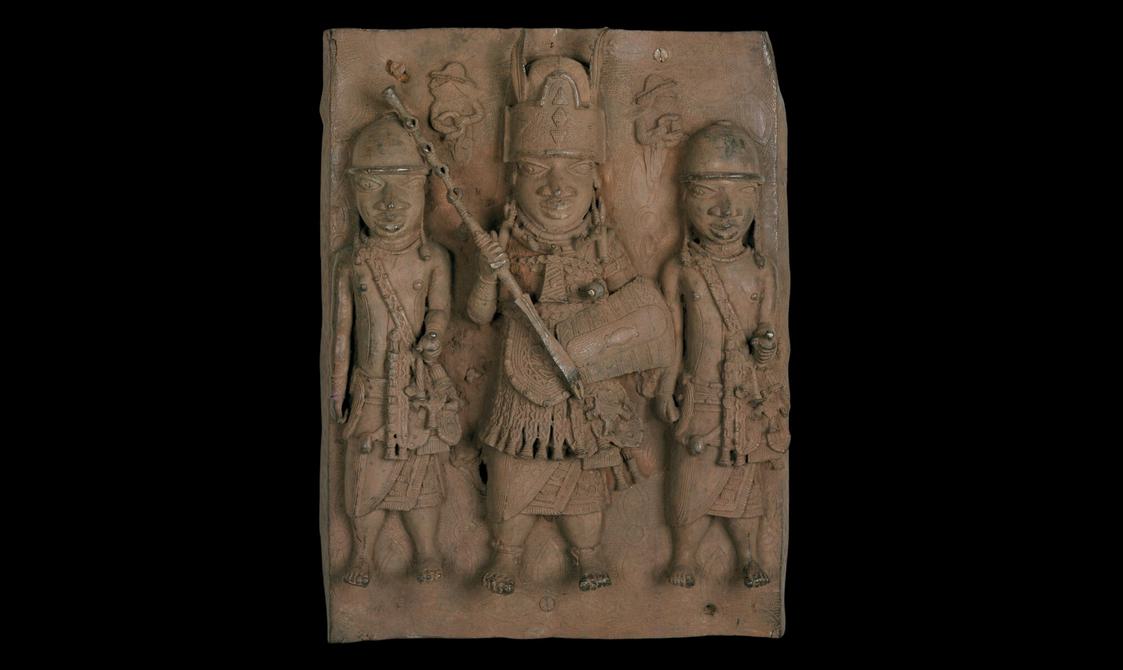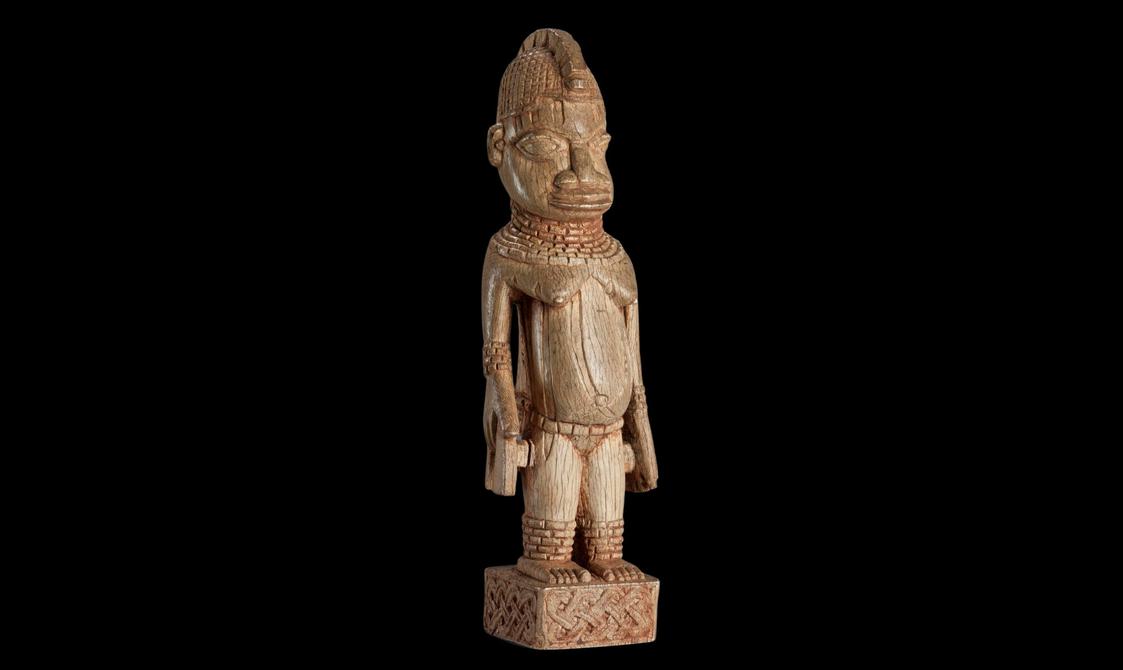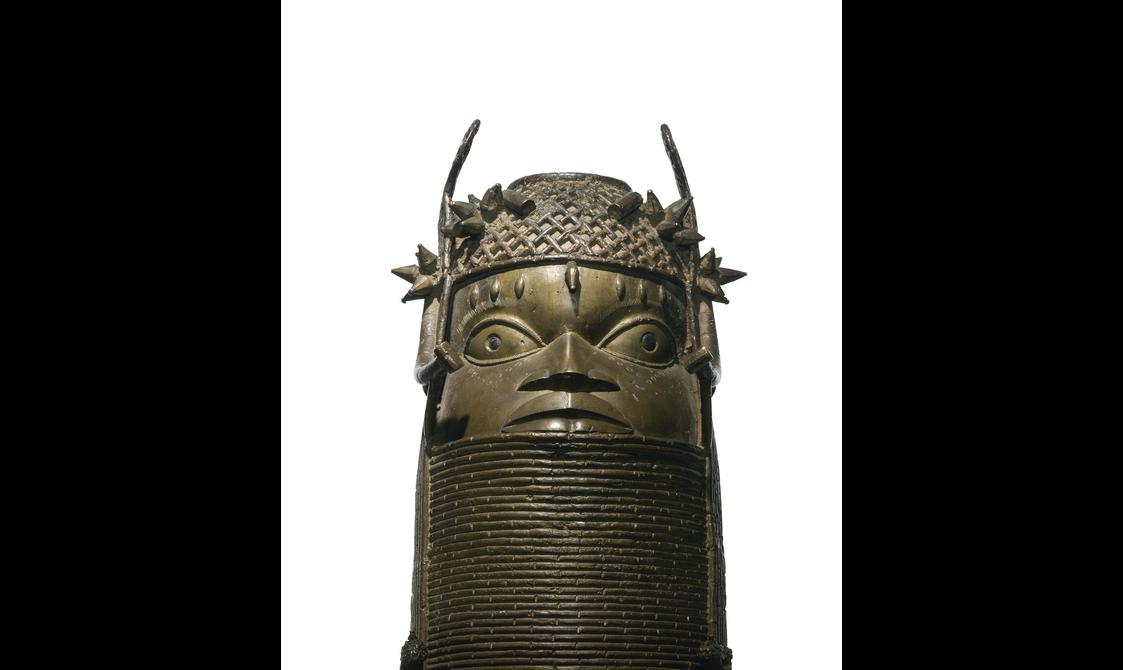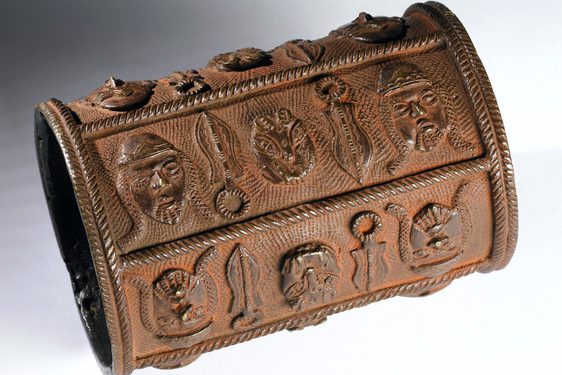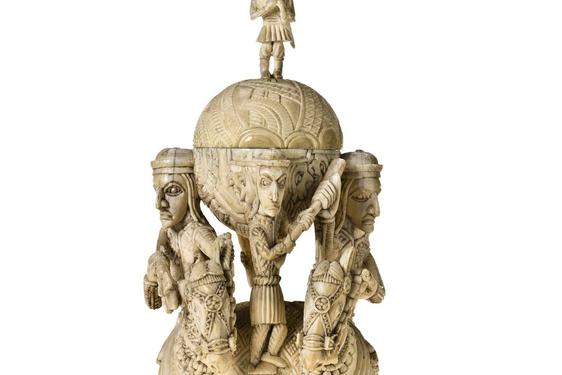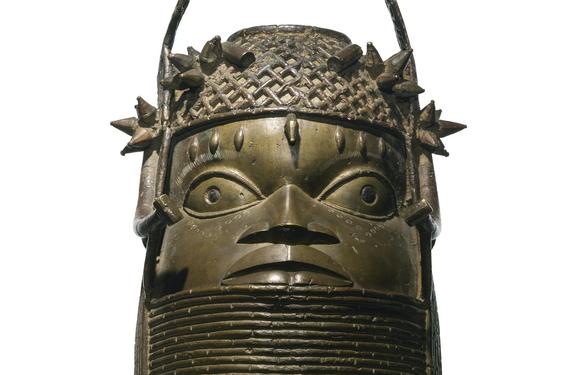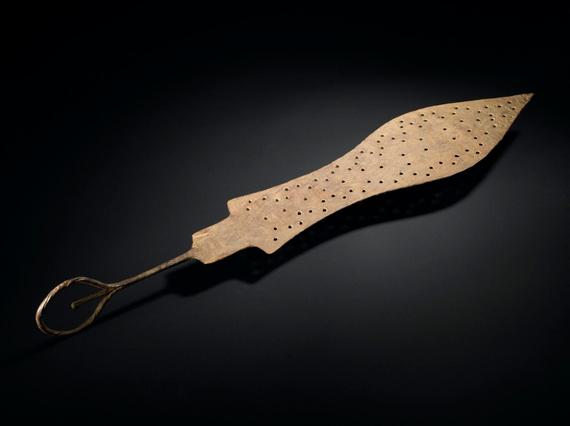
The British raid on Benin 1897
News Story
During the second half of the 19th century, Britain had imperial ambitions for control over west African resources and territory. Their plans involved forcing the Oba, or king, to open the Edo Kingdom to British commercial firms and missionaries.
In 1892 Oba Ovonramwen was pressured into signing an illegitimate treaty of ‘protection’ with the British. He failed to comply with its terms, so a party of nine British colonial officials attempted to travel to Benin City in January 1897 to persuade him to do so.
The Oba asked them to delay their visit, but they refused. A number of Edo titled chiefs then organised an ambush. This resulted in the death of seven British officials as well as most of their African servants and porters. In response, the British sent a ‘punitive expedition’ of 1200 troops to Benin City. Their aim was to depose the Oba by force and take over the Edo Kingdom.
British troops occupied and ransacked the royal palace. They looted between 3000 and 5000 objects of immense cultural value from the palace compounds and other sites.
'Benin Bronzes'
The looted objects were taken to Britain. Many of them were auctioned off by the British Admiralty to help cover the costs of the venture. Today most of these objects are in European and North American museums. Some of these objects are in National Museums Scotland's collections.
These looted objects are often referred to as ‘Benin Bronzes’. The name is misleading as the objects are made of cast brass, bronze, carved ivory, and wood. They are the focus of public debate on the restitution of African heritage looted during the colonial period.
Benin artefacts in National Museums Scotland collections
There are 77 items from Benin in the museum collection. Most of which are believed to be connected to the 1897 ‘punitive expedition’. Of these, five have a documented link to British military officers who took part in the looting of Benin City in 1897. Another five are of uncertain origin.
Between 1897 and 1903 William Downing Webster sold the museum 34 works from Benin and made one donation. Webster was a British dealer and collector of ‘ethnographic’ material. He bought many works from admiralty auctions and members of the ‘punitive expedition’. He then sold the objects to museums and collectors across Europe.
National Museums Scotland acquired further items from Benin in the 20th century through purchases and donations. This includes eight that are not thought to be connected with the British military attack of 1897.
The museum’s collection from Benin City includes extraordinary brass plaques. The plaques have scenes and figures cast in relief and were made around the late 16th to the 17th century. They would have decorated the walls and columns of the Oba’s palace. A brass altar piece is also in the collection. It features the Iyoba, or Queen Mother of Benin, which is one of a number of significant representations of Edo women in museum collections.
These brilliant works represent an important record of dynastic history and the political culture of the Edo Kingdom.
Image gallery
